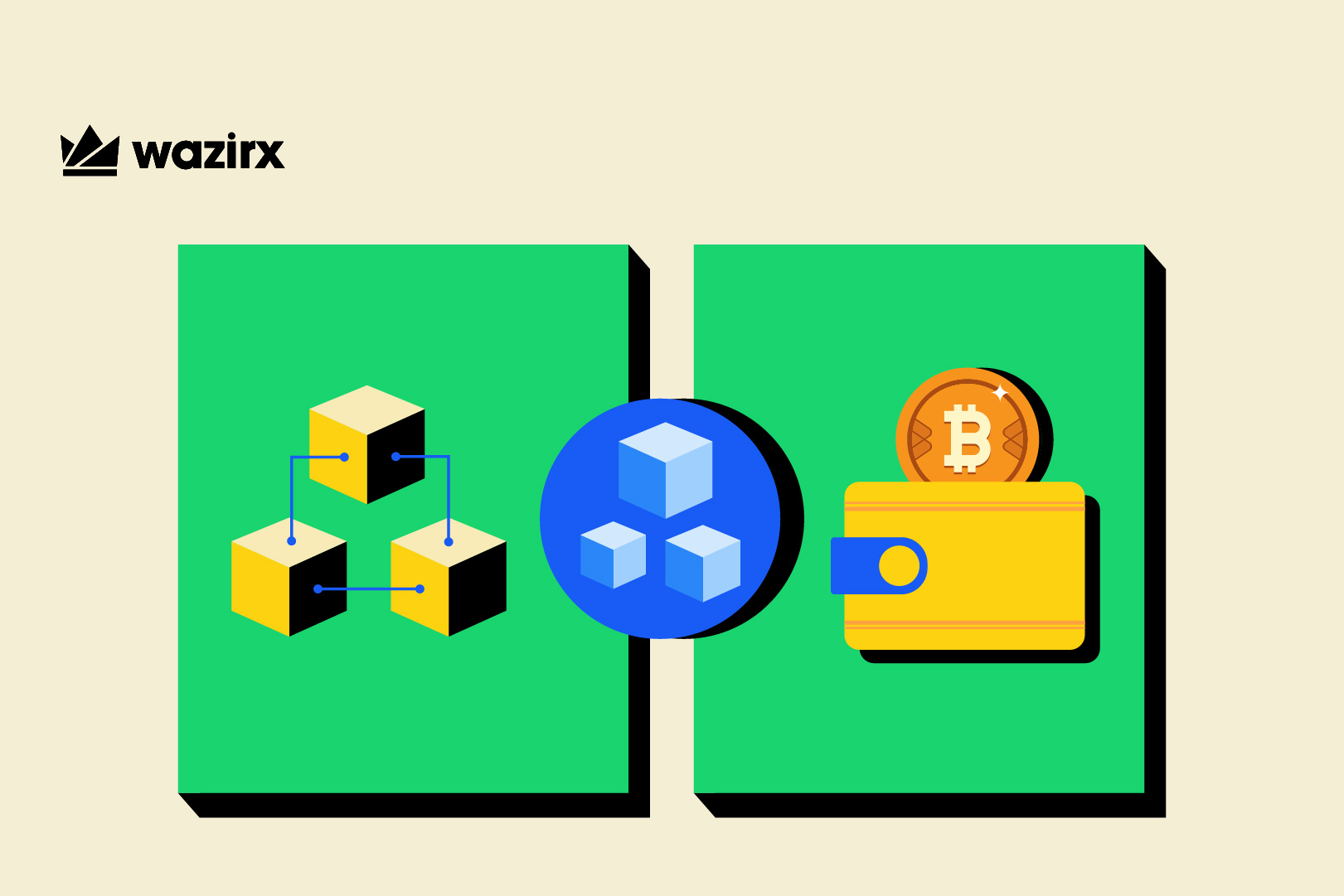Capturing Moments
Your go-to blog for photography tips and inspiration.
Decoding the Blockchain: Insights from On-Chain Transaction Analysis
Unlock the secrets of blockchain! Dive into on-chain analysis and discover game-changing insights that could transform your understanding of crypto.
Understanding On-Chain Transaction Patterns: A Deep Dive into Blockchain Analytics
In the evolving landscape of digital currencies, on-chain transaction patterns are becoming increasingly significant for understanding blockchain behavior. By analyzing these patterns, stakeholders can gain insights into user activity, network health, and the overall ecosystem's dynamics. Tools and metrics like transaction volumes, wallet interactions, and the frequency of transfers can highlight key trends that help in decision-making. For example, identifying anomalies in transaction patterns can alert investors and developers to possible security issues or changes in market sentiment.
Moreover, the application of blockchain analytics extends beyond just transaction monitoring; it encompasses various activities such as fraud detection, regulatory compliance, and risk assessment. By using sophisticated algorithms and data visualization techniques, analysts can dissect complex datasets into actionable insights. Some common methods include analyzing transaction graphs, which can depict how assets move through the network and reveal connections between different entities. This deeper understanding of on-chain transaction patterns not only empowers businesses and researchers but also plays a crucial role in enhancing the overall transparency and security of blockchain systems.

Counter-Strike is a highly popular first-person shooter game that focuses on team-based gameplay, strategy, and skill. Players can engage in intense matches where they take on roles as either terrorists or counter-terrorists. To enhance your gaming experience, you might want to check out the bc.game promo code for some exciting bonuses.
What Can On-Chain Data Reveal About Market Trends and User Behavior?
On-chain data plays a crucial role in understanding market trends and user behavior in the cryptocurrency landscape. By analyzing transaction volumes, wallet activity, and token movements, stakeholders can gain insights into how assets are performing and what factors may be influencing those changes. For instance, a sudden spike in transaction volume may indicate increased investor interest or market speculation, while a decline could suggest a potential cooling off. Additionally, one can analyze the sentiment of coin holders through the ratio of long-term versus short-term holders, which can be an important indicator of market confidence.
Moreover, on-chain data allows for deeper insights into user behavior by tracking how individuals interact with various decentralized applications (dApps) and services. By assessing metrics such as user retention and engagement levels, businesses can tailor their offerings to better meet the needs of their audience. For example, if data reveals that users tend to flock to specific features or services, companies can leverage this information to enhance user experience and drive retention. In summary, leveraging on-chain data can empower market participants to make informed decisions backed by comprehensive analytics and trends.
How to Leverage On-Chain Analysis for Better Investment Decisions
In the ever-evolving world of cryptocurrency, on-chain analysis has emerged as a vital tool for investors seeking to make informed decisions. By examining data stored directly on the blockchain, such as transaction volumes, wallet addresses, and network activity, investors can gain deeper insights into market trends. This analysis allows investors to identify potential entry and exit points based on empirical evidence rather than relying solely on speculation or news. For instance, a spike in wallet activity might indicate an upcoming price movement, enabling investors to position themselves advantageously.
To effectively leverage on-chain analysis, consider the following steps:
- Utilize analytical tools that provide comprehensive data on blockchain metrics.
- Monitor changes in network activity, such as hash rates and transaction speeds, to gauge investor sentiment.
- Analyze wallet behaviors, including accumulation patterns, to identify strong bullish or bearish trends.